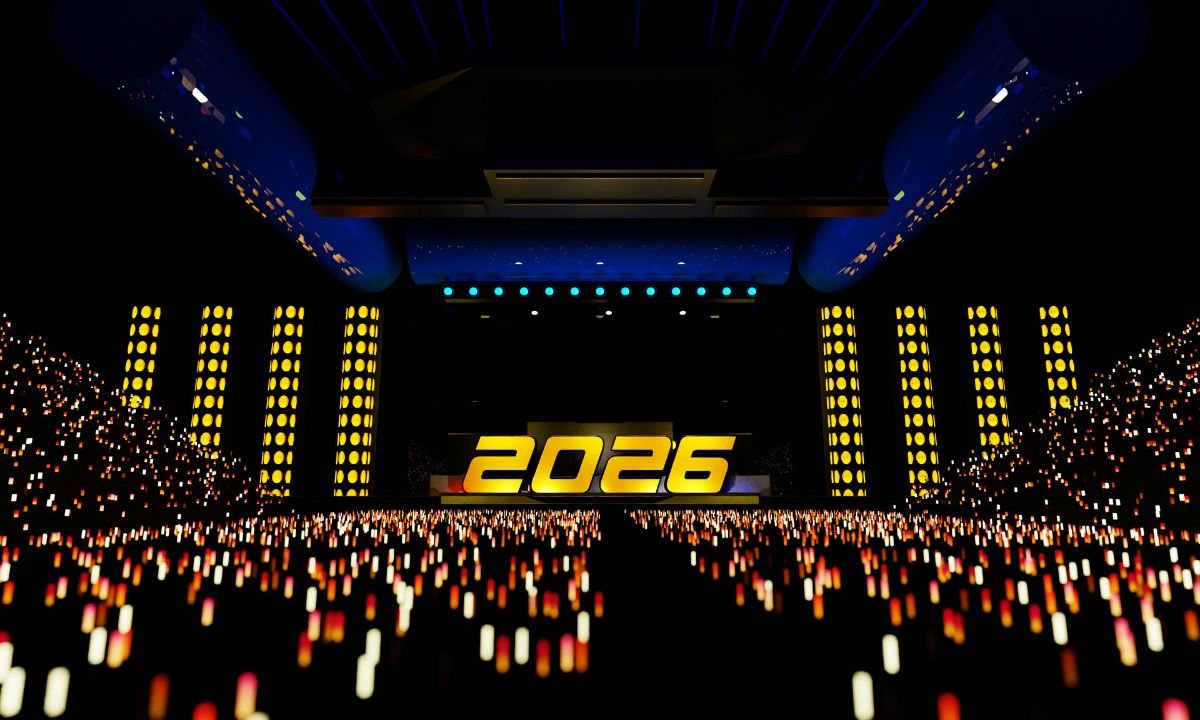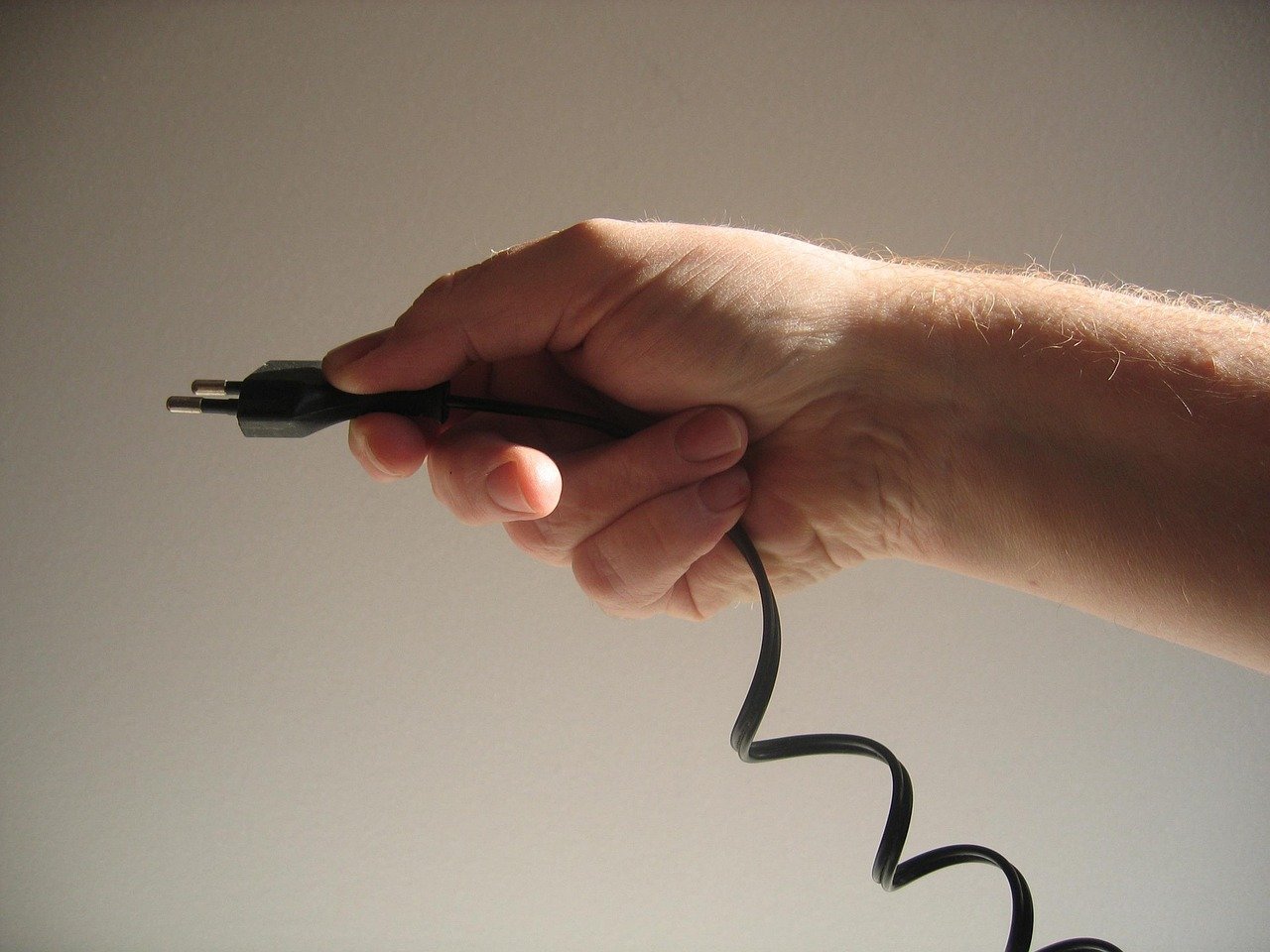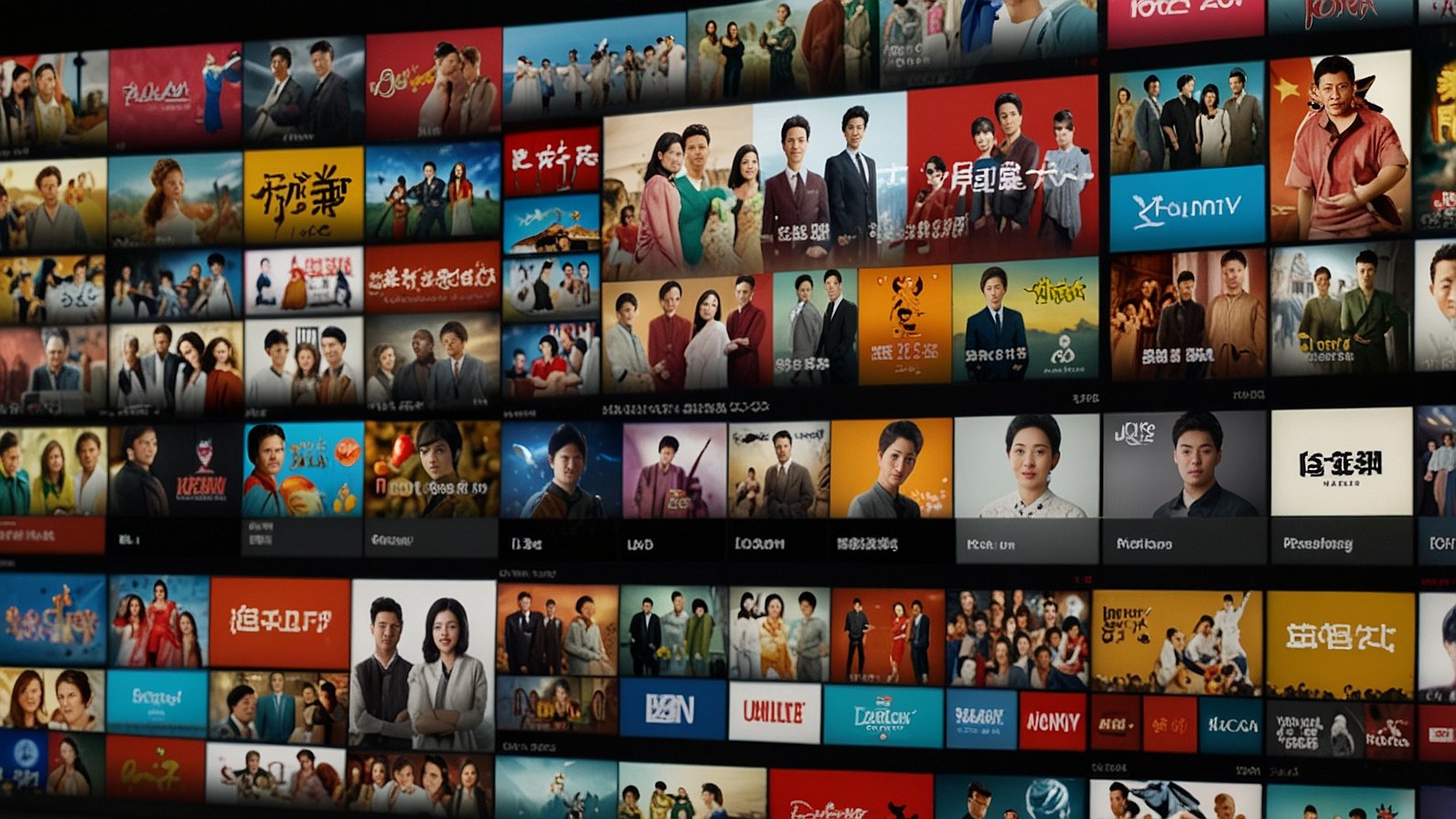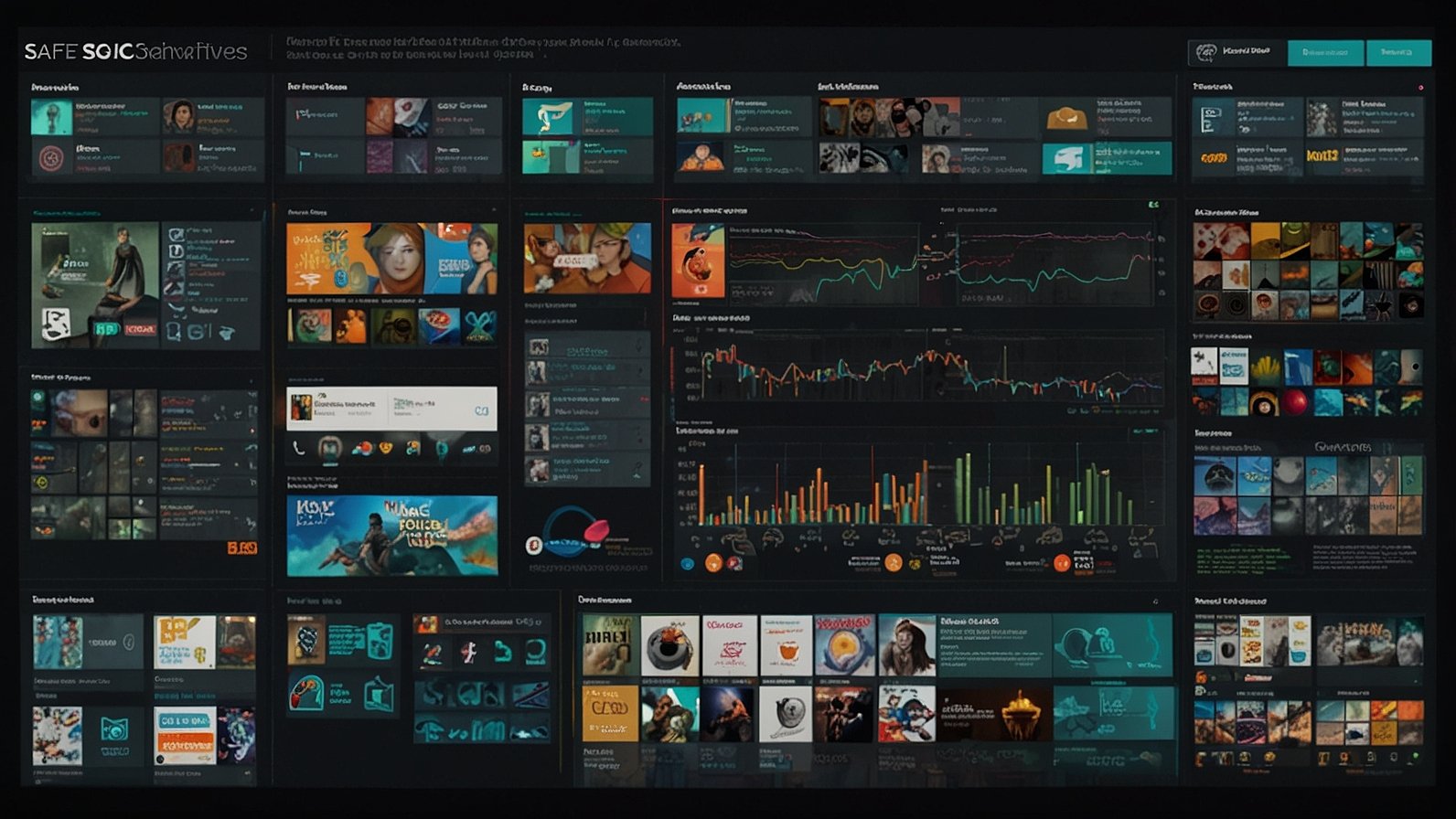Remember the last truly unforgettable event you attended? I’m not just talking about a nice meal and good company. I’m talking about that feeling. The moment the room fell dark, and a single beam of light cut through the silence, tracing the speaker’s path to the stage. The way the sound wasn’t just heard, but felt in your chest, perfectly synced to a breathtaking visual display. That immersive, almost electric sensation that tells you, “This is different. This is professional.”
Most people think this kind of magic just… happens. They don’t see the intricate dance of technology, planning, and creative vision working in perfect harmony behind the velvet curtain. That’s the divide between a simple gathering and a powerful experience. And in the heart of Europe, with its reputation for precision and quality, a company like Thunder Light GmbH isn’t just providing gear; they’re architects of atmosphere. They understand that in today’s world, your event isn’t just an event—it’s your brand’s most visceral touchpoint.
So, how do you capture that lightning in a bottle? Let’s pull back the curtain.
Table of Contents
- The Sound and The Fury: Why Event Tech is Your Secret Weapon
- More Than Just Beams: Deconstructing Modern Lighting Technology
- The Unseen Hero: Audio Engineering You Can Feel
- The Digital Stage: How AV and Visuals Command Attention
- The Conductor’s Baton: The Non-Negotiable Role of Expert Planning
- Thunder Light GmbH: A Swiss Case Study in Integrated Event Solutions
- DIY vs. Professional Event Production: A Brutally Honest Comparison
- FAQ:
- The Final Cue: Transforming Your Vision into Reality
The Sound and The Fury: Why Event Tech is Your Secret Weapon
Let’s be honest for a second. You can have the most compelling speaker, the most lavish decor, and the most exclusive guest list. But if your audience is squinting to see the presentation, straining to hear the message, or distracted by a screeching microphone, what’s the point? You’ve lost them.
Event technology is the skeleton upon which the flesh of your event is built. It’s the invisible framework that either elevates everything or causes it all to crumble. In my experience, clients often grossly underestimate this component until it’s too late. They see it as a line item cost, not as a strategic investment in communication and engagement.
Think of it this way: the message is the what. The technology is the how. And in an age of dwindling attention spans, the “how” matters more than ever.
More Than Just Beams: Deconstructing Modern Lighting Technology
Lighting has evolved far beyond the simple “on/off” switch. Today, it’s a language. It directs focus, creates mood, and tells a story without a single word.
Here’s a breakdown of what’s really happening in a professional rig:
- LED Wash Lights: These are your workhorses, bathing the stage or room in vibrant, consistent color. The advancement in LED technology is staggering—we’re talking about millions of color options and incredible energy efficiency. Goodbye, harsh halogen heat; hello, cool, creative control.
- Moving Head Beams & Spots: This is where the drama unfolds. These intelligent lights can pan, tilt, change color, and project gobos (custom patterns) with robotic precision. They create dynamic movement in the room, highlighting a product reveal, tracing a performer, or simply adding a layer of sophisticated motion.
- Atmospheric Effects: Ah, the classic fog machine, but now with a PHD. Haze machines create a subtle, suspended particle field in the air that makes light beams visible. It’s the difference between a flat, lit room and a cathedral of light rays. It’s an absolute game-changer for creating depth and dimension.
Honestly, this isn’t talked about enough: the psychological impact of lighting. Warm, soft lighting can make a corporate gala feel intimate and exclusive. Sharp, stark beams and high-contrast colors can create a sense of innovation and energy for a tech product launch. It’s subconscious storytelling at its finest.
The Unseen Hero: Audio Engineering You Can Feel
If lighting is the event’s visual language, audio is its heartbeat. And bad audio is a cardiac arrest for your audience’s engagement. You might not know this, but the human brain is exceptionally good at tuning out poor sound quality. It’s a defense mechanism. So when your attendees look bored, they might not be; their brains are just working overtime to filter out the echo, the muffled speech, or that infernal 60Hz hum.
Professional audio is about clarity, coverage, and power:
- Line Array Systems: For larger events, these are the gold standard. Unlike old-school speakers that blast sound in one direction, line arrays project a coherent, even wave of sound that covers a wide area beautifully, ensuring the person at the back hears just as well as the person in the front row.
- Digital Signal Processors (DSP): This is the brain of the operation. A DSP actively tunes the audio system to the specific acoustics of the room, killing feedback before it happens and ensuring the sound is perfectly balanced. It’s like having an expert sound engineer living inside the speaker, constantly making micro-adjustments.
- Wireless Microphones & Comms: The freedom of a clean, crystal-clear wireless lavalier mic for your CEO is priceless. And behind the scenes, a robust intercom system allows your lighting, video, and stage managers to communicate seamlessly. It’s the nervous system of your production.
The Digital Stage: How AV and Visuals Command Attention
We are visual creatures. Our brains process images 60,000 times faster than text. So, when you’re on stage, your slides aren’t just a teleprompter; they’re your co-presenter.
Modern AV and visual solutions include:
- IMAG (Image Magnification): Those giant screens flanking the stage? They’re not just for the folks in the back. They’re for capturing the subtle emotion on a speaker’s face, the intricate details of a product, and creating an intimate connection with every single person in the room.
- Seamless Switchers and Media Servers: Gone are the days of clunky slide transitions. Modern media servers allow for breathtaking, real-time graphics, layered content, and smooth, broadcast-quality switches between live camera feeds, pre-recorded videos, and presentation slides.
- Interactive & LED Walls: LED walls are no longer just a backdrop; they are a dynamic canvas. With pixel-mapping software, the entire wall can become a living, breathing piece of art that reacts to music, touch, or speaker cues. It’s an immersive environment that completely surrounds your audience.
The Conductor’s Baton: The Non-Negotiable Role of Expert Planning
Here’s where many brilliant event ideas falter. You can have the best technology money can buy, but without a masterful conductor, the orchestra is just noise. Event planning and technology are two sides of the same coin.
A true event technology partner doesn’t just show up on the day and plug things in. They are involved from the very first creative meeting. They ask questions like:
- What is the core emotional takeaway you want for your guests?
- What is the flow of the agenda? Where are the key transitions?
- What are the sightlines in the venue? Where are the power sources?
This proactive planning is what separates a simple vendor from a true partner. It’s the difference between a technician and a technologist.
Thunder Light GmbH: A Swiss Case Study in Integrated Event Solutions
Now, let’s talk about how this all comes together in a real-world context. Take a company like Thunder Light GmbH. Based in Switzerland, a country synonymous with precision, their very name suggests a powerful, elemental force paired with clarity and illumination. It’s not just a clever brand name; it’s a promise.
A firm like this doesn’t just provide event technology Switzerland-wide; they integrate it with meticulous event planning. They operate on the fundamental understanding that the gear and the plan are inseparable. Their value proposition lies in a holistic approach. They’re likely the ones in the planning meetings, asking those difficult technical questions early on, ensuring the venue can support the power demands, that the schedule allows for proper setup, and that the creative vision is technically feasible.
This Swiss-made approach to events—precision-engineered, reliable, and of the highest quality—is a powerful differentiator. It means clients aren’t just renting speakers and lights; they’re investing in a guarantee of flawless execution.
DIY vs. Professional Event Production: A Brutally Honest Comparison
I get it. Budgets are tight. The allure of saving money by piecing together your own AV or hiring a cheap, unproven vendor is strong. But is it worth the risk? Let’s break it down.
| Feature | DIY / Cheap Vendor | Professional Partner (e.g., Thunder Light GmbH) |
|---|---|---|
| Reliability | Unpredictable. Gear can fail, and there’s often no backup. | High. Professional-grade equipment is tested, and redundancies are built-in. |
| Expertise | Limited to setting up basic equipment. | Deep. Offers creative input, acoustic analysis, and problem-solving before issues arise. |
| Stress Level | High. You are the de facto project manager for the tech. | Low. They handle the entire technical scope, letting you focus on your guests. |
| Final Result | Amateurish. Poor sound or lighting can undermine your entire event’s credibility. | Polished & Professional. The technology enhances and elevates the experience seamlessly. |
| True Cost | Seemingly low upfront, but high risk cost. A single failure can cost you more in reputational damage. | Investment-focused. You pay for peace of mind, quality, and an event that truly represents your brand. |
Some experts might disagree and champion the DIY approach for small, internal meetings. And for a team huddle in a conference room, they’d be right. But for any event where your brand’s reputation is on the line? The math just doesn’t add up. The potential cost of a technical failure far outweighs the initial savings.
FAQS:
1. How far in advance should I book my event technology vendor?
For large or complex events, 6-9 months is ideal. For smaller events, a minimum of 3 months is safe. The best vendors have packed schedules, so early booking is key to securing your date.
2. What’s the single most important piece of technology for a conference?
It’s a tie between audio and lighting. But if I had to choose one, I’d say audio. People will forgive mediocre visuals if they can hear clearly, but they will never forgive bad audio.
3. Can you work within my existing venue’s limitations?
A professional partner absolutely can. This is where our expertise shines. We conduct site surveys to understand power access, acoustics, and structural limitations, and we design a technical solution that works within those parameters.
4. What happens if equipment fails during my event?
This is the core reason you hire a pro. We bring extensive redundancy—backup consoles, spare microphones, extra cables, and backup amplifiers. We have technicians on-site specifically to handle any issues instantly, often before the audience even notices.
5. Do you provide technicians to run the equipment on the day?
Yes, always. You are not just renting gear; you are renting expertise. Our technicians operate the equipment, ensuring it performs perfectly throughout your event.
6. What is the future of event technology?
We’re moving towards even more integration and immersion. Think augmented reality (AR) overlays, attendee interaction via personal devices, and AI-driven show control that can adapt the lighting and sound in real-time based on the energy in the room.
7. Why should I choose a Swiss-based event technology company?
The Swiss reputation for precision, reliability, and quality isn’t a myth. It’s a cultural standard. You’re investing in a methodical, detail-oriented, and profoundly reliable approach to your event’s success.
The Final Cue: Transforming Your Vision into Reality
At the end of the day, all this talk of line arrays and moving heads boils down to one simple thing: connection. Your event is a story, and the technology is the medium that allows that story to be told with clarity, emotion, and power.
It’s the difference between telling your audience about your brand and letting them feel it. It’s the Thunder that commands attention and the Light that reveals brilliance.
So, the next time you’re planning an event, don’t just ask, “What do I need?” Ask a better question: “What experience do I want to create?” The right partner will have the answers, and the tools, to make it resonate long after the last light has faded.
Ready to hear the difference for yourself?
YOU MAY ALSO LIKE: Event Catering Ideas That Leave a Lasting Impression










